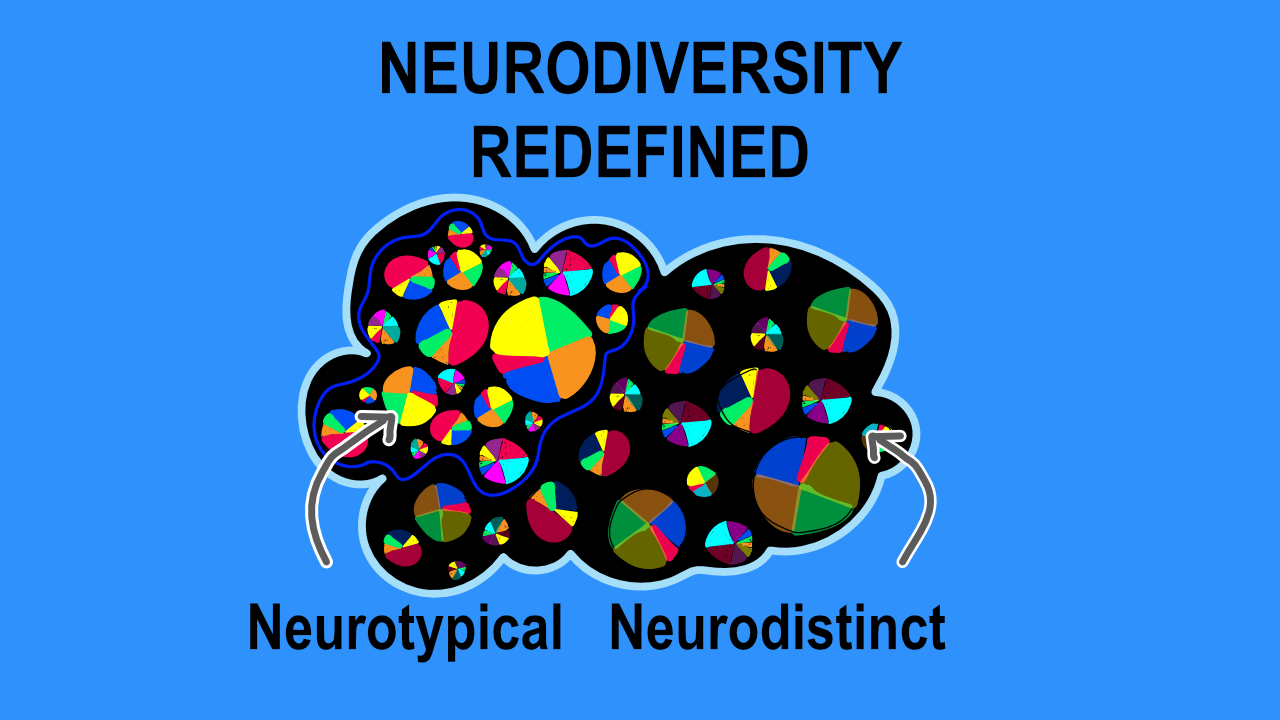Neuro Cloud & Neurodistinct, Neurodiversity Refined

Australian social scientist Judy Singer coined the word "neurodiversity" in her theses paper. It was a great advance in viewing the relationship of an individual with certain traits or group of traits to the to the larger group, the maker of societal norms. Her concept uses terminology which, while appropriate in the academic setting of her work, is hard to approach for the average person, confusing in how the items fits in the whole, does not align with how we speak of other human capability challenges, and uses a word that make groups of people sound bad. Judy's concept has created a movement of seeing people with distinctly different perceiving, processing, and thinking patterns as normal human variation, not as broken human needing to be fixed to be "normal".
In science, concept mature and develop as others add to the idea. This has happened with neurodiversity as it has moved from academic discussion to real life identities. As with much science, the academic body of knowledge te...
Neuro Cloud™ Survey and Chart: Better understanding of real world interaction with the Neurodistinct (or anyone)

I came up with this idea after seeing a number of tests/surveys on the internet designed to determine if you likely autistic or spectrum leaning. While I found them interesting and useful in convincing myself the doctor was right in my diagnosis. As I dug deeper into Asperger's, autism, and neurodiversity it became obvious to me that the low to high function continuum model does not represent the experience of living autistic. Further, it gives people a very distorted idea of a condition that has been a very beneficial part of human advancement. Based on my perception from living with Asperger's, I realized my years of data and visualization work could solve this problem with an easy to interpret chart designed for multi-variate data. This Neuro Cloud™ Survey and Charts is proving to be a very effective tool in understanding others, neurodistinct or just part of the neurodiverse cloud of humanity.
Interesting as I was finishing up the first round of work on this project Seamus who is ...